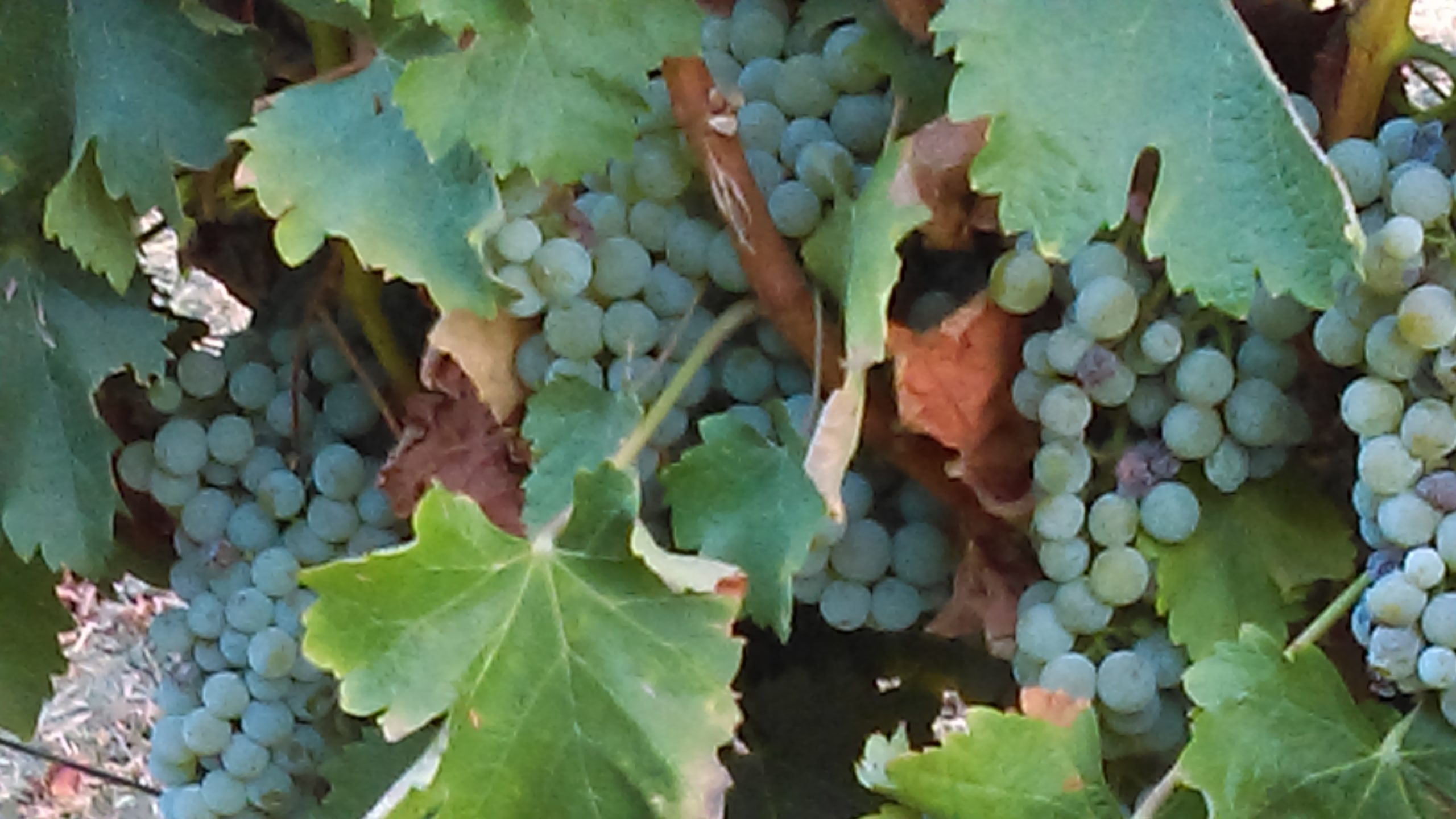Sauvignon Blanc – A Signature Varietal Part 2

In a previous post, I proposed a quintessential Livermore terroir style of Sauvignon Blanc: a touch grassy (but not too much) with a hint of citrus, tropical, and stone fruits. In the best examples, there is a vein of minerality that ties the whole package together. Harvest timing is essential to achieving this style, as is the importance of a clean pick and getting the fruit to the winery cold. It is why we harvest at night and bring the fruit inside to preserve its ‘chill.’
Many would now think the process is over, that the harvest timing is really all that matters. In reality, the harvest is but one of several steps in guiding the wine into a terroir wine. Everything that happens in the winery going forward must support the winemaker’s intended style.
In our case, we begin with sorting every cluster to ensure only the cleanest clusters go into our wine. We follow the sorting with a careful pressing of the whole clusters – that is, the fruit is pressed along with its stems. This prevents the rupturing of the berries until they are pressed, thereby minimizing the exposure of the juice to spoilage organisms. Furthermore, the stems provide channels for the juice to run off quickly, allowing us to minimize contact with the skins.
I like to minimize skin contact in my Sauvignon Blanc because the flavors of this cultivar are in the pulp. The skins, if allowed to remain in contact with the juice, will contribute small, unripe tannins that lead to a bitterness that requires a touch of residual sugar or special additives to mask them in the finished wine. There are some who take the opposite approach from us, going so far as to ferment on the skins. The proponents of skin contact call this ‘orange wine,’ but I don’t feel this method can reflect the terroir because extensive skin contact obscures the natural flavor precursors provided by the climate and soil. Skin contact Sauvignon Blanc, therefore, is not our style, and not the style that Livermore once was famous for. That is why our pressing is so gentle, so as not to extract these bitter skin tannins. We sacrifice yield, but we believe the juice is cleaner.
At this point in the process, we take our most daring step. We do not add sulfites to our Sauvignon Blanc at crush! In the 1960s, it was considered best practice to add 100ppm sulfites to the juice prior to fermentation. Today, because of better vineyard practices, it is common to add 50ppm. Indeed, it was my practice for many years. But now I feel it is time to reexamine the need to add sulfites at crush in Sauvignon Blanc. It is possible that sulfites prior to fermentation might be getting in the way of flavor development.
Sulfites are used for two purposes: to kill spoilage organisms and to inhibit oxidation. Because we have selected only the cleanest fruit and have kept the winery sanitary, the need to use sulfites prophylactically is unnecessary. Added to this is our decision to inoculate the juice with a healthy culture of good yeast, which soon dominates the fermentation and overwhelms any offending microbes. It is the ultimate in probiotic protection.
But what about oxidation? Here the argument for sulfites might be strongest. Pure grape juice browns, much like an apple does, when exposed to air. Sulfites inhibit the enzyme responsible for this browning, which is why they are used in salad bars, on dried fruit, and on grapes at crush. In reality, the browning that occurs prior to fermentation, as long as it is not excessive, actually protects the wine from oxidation in the long run. Browning at this stage is only cosmetic, as the responsible compounds polymerize during fermentation and fall out of solution with the dead yeast. That is, as long as the oxidation is limited. Too much oxygen prior to fermentation can strip flavors from the wine. It is because we choose to remain small that we can limit the exposure to oxygen. Larger wineries, or wineries without our capabilities, cannot afford to take the risk.
Our 2017 Sauvignon Blanc is just a few days from finishing fermentation. The carbon dioxide from the yeast will protect it while the spent yeast settles to the bottom of our custom built oval tank, designed to preserve a shallow lees bed. Soon we will transfer some of this wine to our still, where it will be transformed into brandy. The remaining wine will be sulfited at this stage to prevent malolactic fermentation until the wine is bottled. So you see, we are not against adding sulfites to wine. But any addition will be a measured one, and for an essential purpose.


